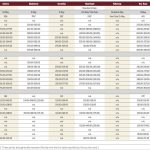National organic groups want to get a bigger space at the table when it comes to federal policies and the work of departments like Agriculture and Agri-Food Canada. The goal is part of a proposed national organic action plan launched in September. Organic industry groups say their products are gaining popularity among consumers and government[...]

















